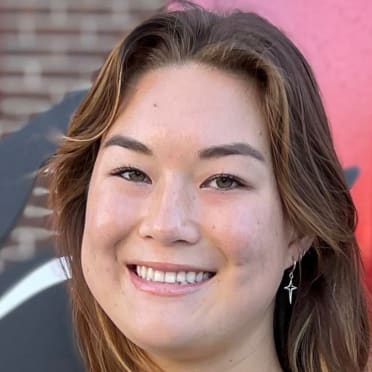When Teoscar Hernández was activated from the injured list on Monday, it gave the Dodgers a fully healthy position-player contingent. The pitching staff still has a long way to go.
Three members of the Opening Day rotation -- Blake Snell, Tyler Glasnow and Roki Sasaki -- are sidelined with shoulder injuries. Relievers Blake Treinen, Evan Phillips and Kirby Yates have also gone down with injuries. Others began the season on the IL, most of them continuing rehab from major surgeries.
"It still doesn't feel like last year, but we're in May, so not gonna jinx it and get into any comparisons," president of baseball operations Andrew Friedman said Sunday. "For the most part, the things that we've gone through are shorter term. Last year, they were significant and resulted in surgery. In some ways, maybe we're over-indexing some and just being a little bit more cautious and trying to make sure it doesn't get to that point.
"But I said this a lot, and I think anyone who doesn't say it is not being honest, there's a lot we don't know about injury stuff, and I think it's important not to pretend like we have all the answers. There's a lot to it that is really challenging, and we're hoping to continue to grow and learn from experiences and just try to make the smartest, best move we can, knowing we're going to make mistakes. … It's by far the No. 1 thing that keeps me up at night."
Entering Monday, the Dodgers' pitching staff ranked 21st in the Majors with a 4.18 ERA. L.A. relievers had covered an MLB-high 200 2/3 innings, whereas the rotation's 215 1/3 innings pitched were tied with Miami for the fewest.
The wave of injuries is not the sole reason for those numbers, but it has certainly played a role.
This past offseason, the Dodgers did a deep dive into their high volume of pitching injuries. They haven't shared many specific findings, but one takeaway was that their approach needs to be tailored to individuals.
Part of that is personal history: How have pitchers been used in the past, and how will that change in their current role with the team? It can take time for the body to acclimate to switching from, say, starting to relief, with regard to the workload and the cadence of every outing.
The Dodgers have also acknowledged that pitching injuries in baseball are not a team-specific problem, even though it has hit them particularly hard in recent years.
"You've got to bring your A-game to almost every single batter now," pitching coach Mark Prior said last month. "There's probably some unquantifiable stress there that we're not, as an industry, just haven't quite grasped yet. … I've been around for, I hate to say it now, 23, 24 years. Unfortunately, injuries [are] still in the game at a prevalent, at a high level. I wish it wasn't, but it's an unfortunate side of the game."
The Dodgers are making slow progress toward getting some of their arms back from in-season injuries, as Snell, Glasnow and Treinen have all resumed throwing progressions. All three have close to a full buildup ahead of them, though, so it will be some time before they are back on the mound for the Dodgers.
"With … most of our guys, where we’re at now," manager Dave Roberts said, "we’ve got to make sure we nail it in getting them back and making sure we’re not rushing them -- to have them back for the last third of the season."
As its arms on the IL work their way back, the team will continue to rely on its depth to patch things up. The Dodgers needed every pitcher they used last year en route to winning the World Series, and it could be the same story in their title defense.
"It's like a game of Whac-A-Mole, and things keep popping up, and we're doing the best we can to hit them down and keep our guys in a good spot to win as many games as we can," Friedman said. "It's a good opportunity for some guys, and then hopefully [we'll] get some reinforcements back.
"The definition of enough depth, I think, is a fool’s errand. I don't know what enough depth means. I think more is always better with pitching depth."
